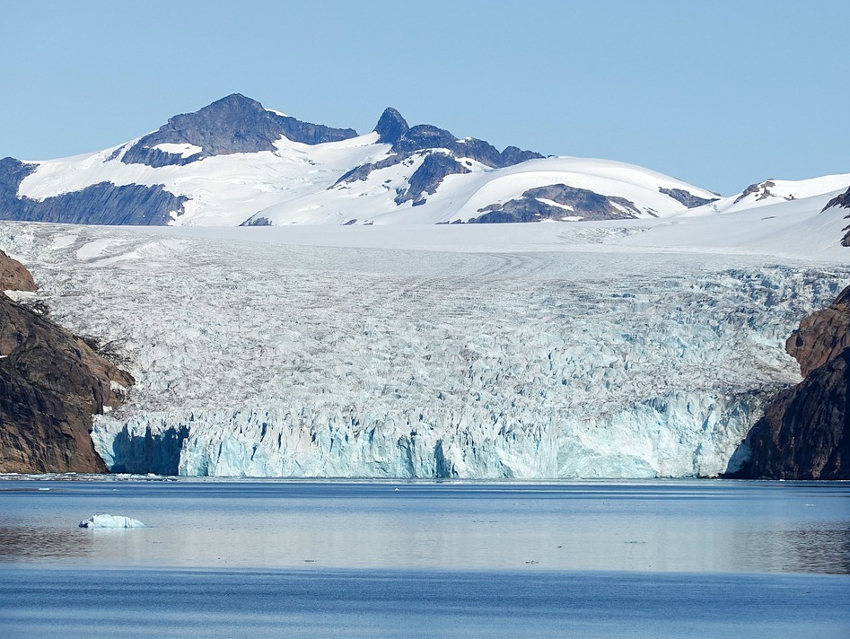The Greenland Ice Sheet is the second-largest ice body in the world. It has been losing mass for several decades, which is an important contributor to rising sea levels. The ice sheet loses mass via two pathways: the loss of surface meltwater and the loss of glacier ice that breaks off and melts at the interface with the ocean. It regains mass from snowfall. Understanding this balance is important for predicting how the ice sheet will develop under the increasing effects of climate change.
Michalea D. King, The Ohio State University, Columbus, USA, and colleagues have used data from satellite images to estimate ice loss from the Greenland Ice Sheet from 1985 to 2018. The team found that the overall ice discharge rate is today about 14 % higher than the rate observed in the time from 1985 to 1999. This increase is equivalent to ca. 60 Gt of ice lost per year. Most of this increase happened during a stepwise rise during the early 2000s.
The team compared these ice losses to mass gains caused by snowfall and found that mass gain offset the losses during nearly 40 % of the years between 1985 and 1999, i.e., the ice sheet grew in almost half of these years. In contrast, the annual probability of net ice sheet growth is only about 1% today. The researchers found that widespread glacier retreat explains nearly all of the increases in ice loss.
Since the step-like increase in the early 2000s, total ice losses have remained roughly constant, but at a high level. This indicates that the increase that was sufficient to effectively shift the ice sheet to a state of persistent mass loss. More ice is in contact with water, where it melts faster and is more difficult to “grow” back. That means that even if climate change were significantly mitigated or even stopped, the ice sheet would continue to shrink for some time.
- Dynamic ice loss from the Greenland Ice Sheet driven by sustained glacier retreat,
Michalea D. King, Ian M. Howat, Salvatore G. Candela, Myoung J. Noh, Seonsgu Jeong, Brice P. Y. Noël, Michiel R. van den Broeke, Bert Wouters, Adelaide Negrete,
Commun. Earth Environ. 2020.
https://doi.org/10.1038/s43247-020-0001-2


![Synthesis of [c2]Daisy Chains via Mechanochemistry](https://www.chemistryviews.org/wp-content/uploads/2025/04/202504_RotaxanesWithSolidStateMechanochemistry-125x94.png)

